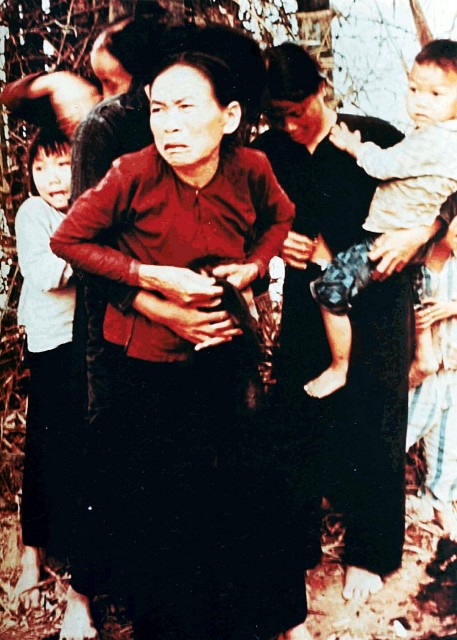
You should also view the gut-wrenching documentary, Four Hours in My Lai, available in seven parts
on YouTube. Among other things, the film makes clear how terrible was the psychological impact on a number of the
soldiers who participated, and only later realized the extent of their atrocity. Varnado Simpson is interviewed
at the outset and at several other points in the film, following his third suicide attempt; he finally killed
himself in 1997.
We now know that My Lai was just one of probably hundreds of similar massacres of innocent children, women,
and men during the near-extermination campaign that US forces conducted in South Vietnam in 1968-69, in the
wake of the National Liberation Front's Tet Offensive uprising. In 2001, former US Senator Bob Kerrey confessed his own
involvement in one such massacre; see the Counterpunch article by Douglas Valentine for further information,
as well as the book by investigative reporters Michael Sallah and Mitch Weiss, Tiger Force: A True Story of Men at War.
















All photos copyright 2009 by Adam Jones, unless otherwise indicated. These images may be freely used for educational and other non-commercial purposes, if the author is credited and notified. For commercial use, please contact the author. All photos are available in high-resolution versions suitable for print publication.